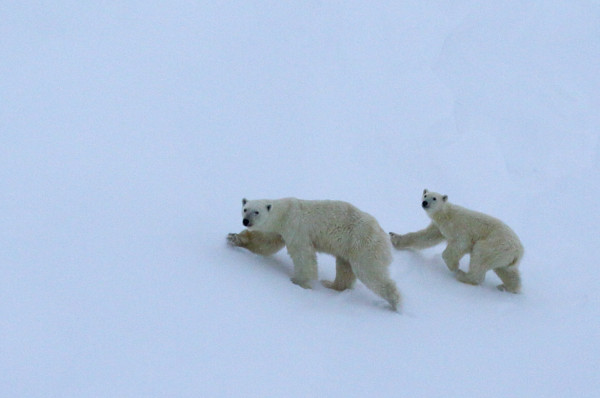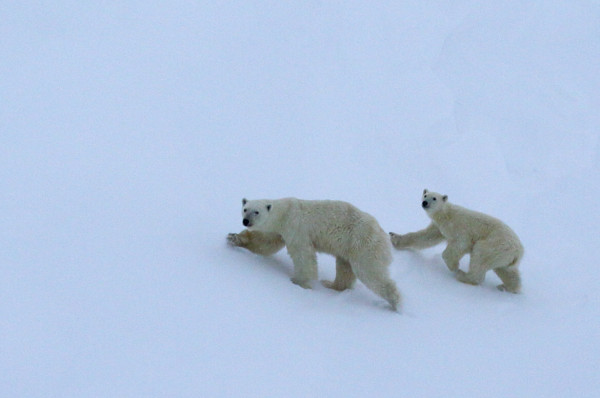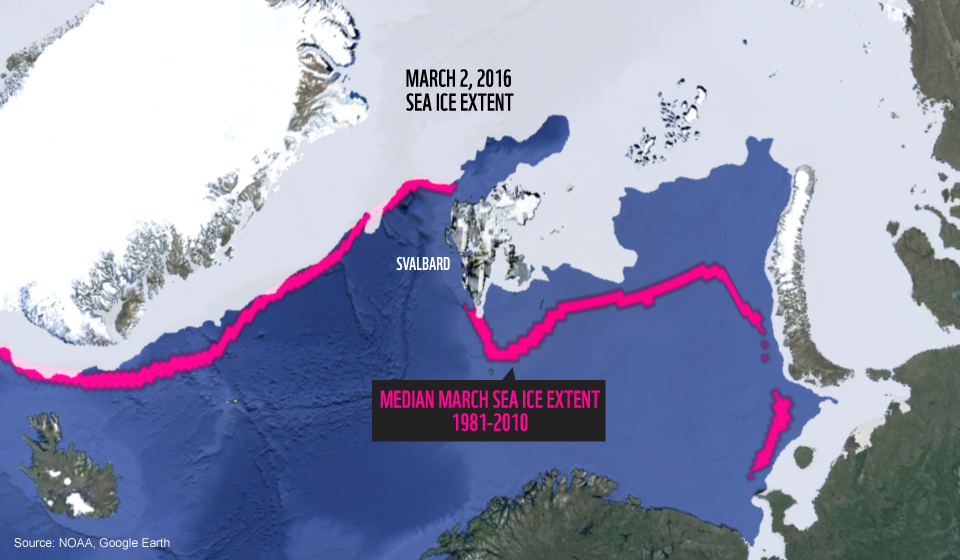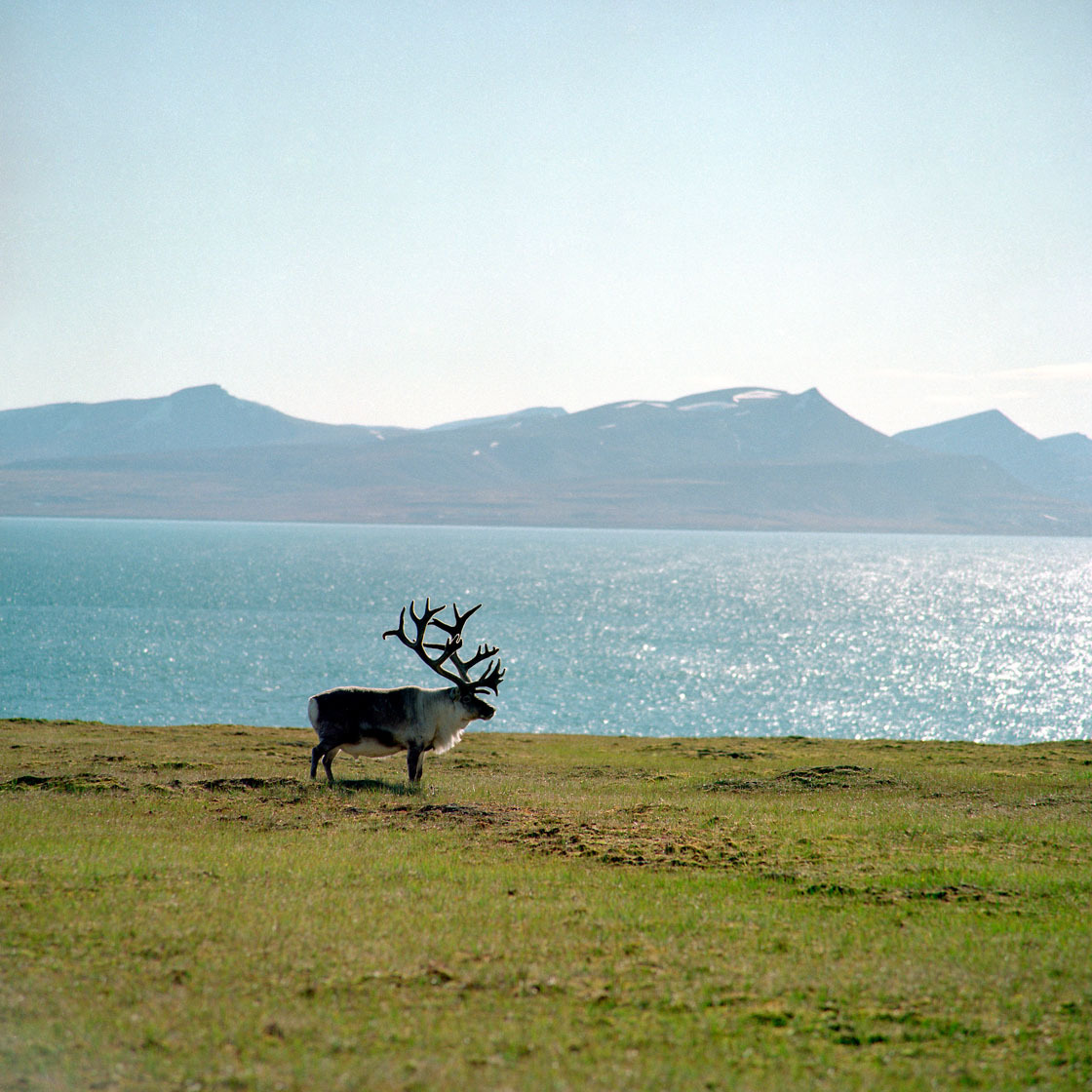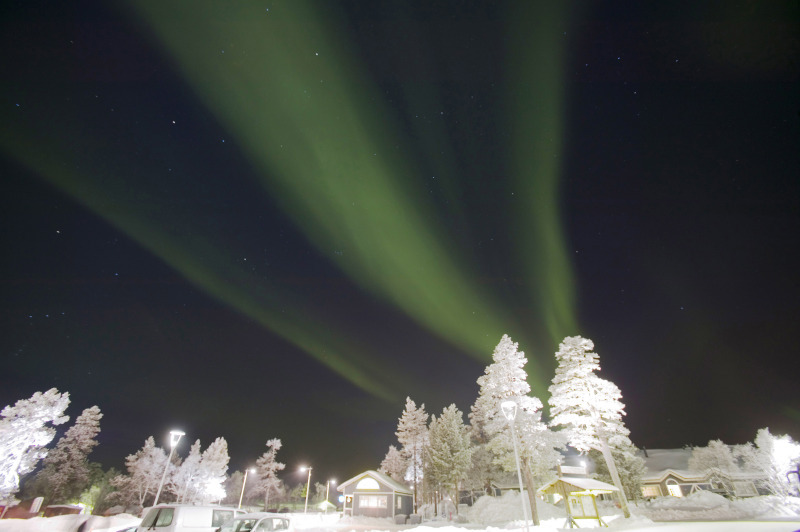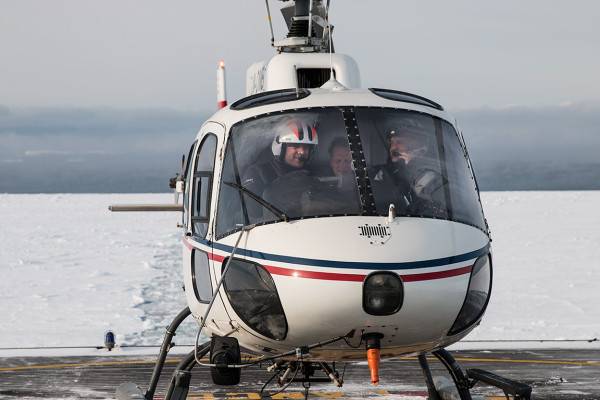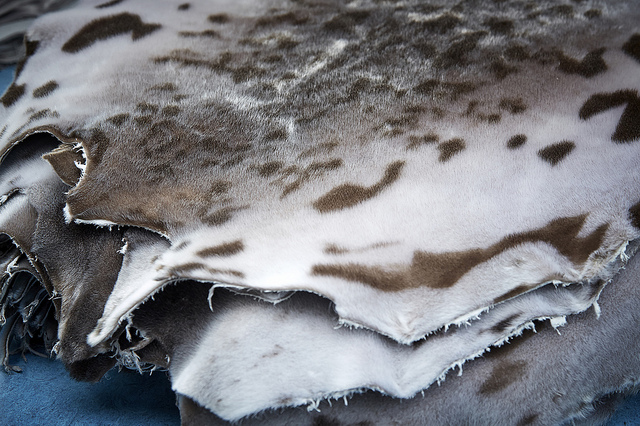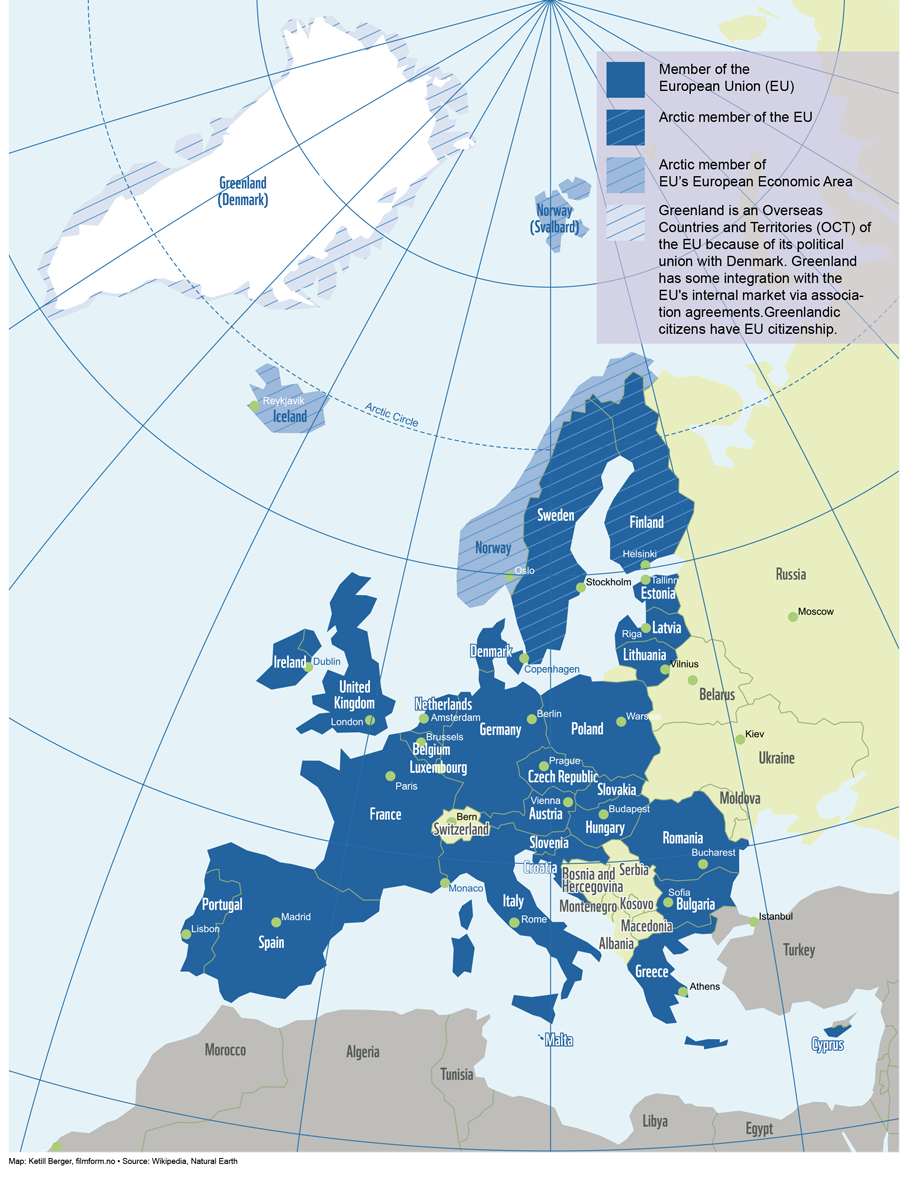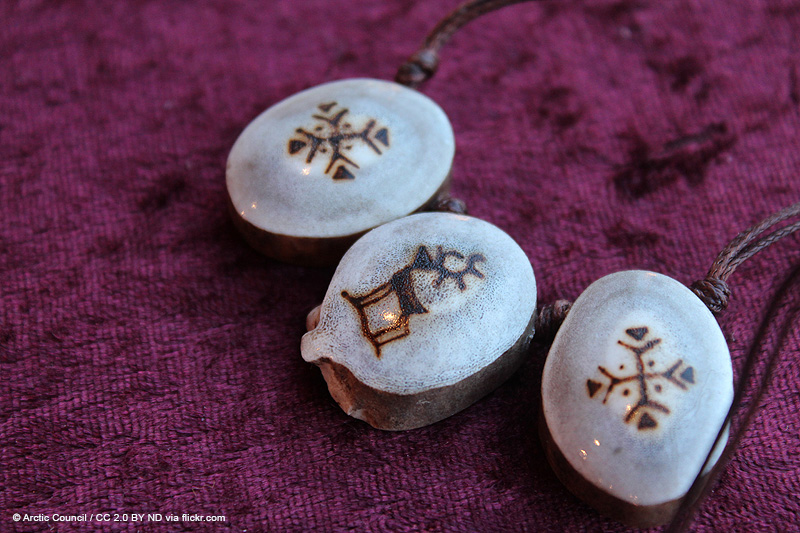This article originally appeared in The Circle, WWF’s quarterly Arctic journal, issue 01.16. See all articles here. Previous issues of The Circle can be downloaded here.

Reindeer, Svalbard, Norway. Wim van Passel / WWF
SINCE THE END of 2014, the European External Action Service (EEAS) and the European Commission have been working on a new policy document. The new communication is likely to build on priorities proposed in earlier statements, but a more explicit distinction between the two geographic policy spaces – European Arctic and pan-Arctic issues – may also be expected. But that may, however, not go far enough to promote greater coherence in EU Arctic activities and address diverse challenges related to the EU-Arctic nexus. Therefore, the EU policymakers should consider a two-tier structure for future Arctic policy.
These two tiers would be: a general policy for the Circumpolar Arctic and a focused strategy for the European Arctic. The latter would address chosen challenges associated with Arctic environmental and socio-economic changes, as they are manifested in Europe’s northernmost regions.
The EU has been formulating its Arctic policy since 2008. Its interest was originally related to the predicted climate-driven, profound environmental changes such as melting sea-ice, as well as overblown expectations for a boom in resource extraction and shipping. As a result, the EU focused on the Arctic Ocean environment, resources and international cooperation. This focus is still dominant.
However, over time the policy encompassed topics relevant for the European Arctic including regional development, terrestrial transport, mining and the Indigenous Sámi issues. Actors from Europe’s northernmost regions had pointed out that the EU policy ignored part of the Arctic, which is inhabited by EU citizens and directly affected by EU legislation, policies and programmes. The EU Arctic policy has so far mixed up the two distinct spaces: Circumpolar and European Arctic. That partly contributed to analysts’ and Arctic stakeholders’ disappointment with consecutive EU policy documents, which lacked concreteness and focus.
EU policy-making for the Circumpolar Arctic and European Arctic entails dealing with two different sets of issues and engaging different stakeholders. Circumpolar Arctic questions are primarily of maritime nature where the EU is a secondary actor, while European Arctic challenges are chiefly terrestrial and the EU is there a key player. When the calls for a “coherent strategy” are voiced, usually they refer to the European Arctic space.
A solution would be to bring under one framework two distinct approaches and organizing EU Arctic engagement into a two-tier “policy + strategy”. A Circumpolar Arctic policy-tier would retain the current set of general, vague objectives. It would include maritime issues, climate change mitigation, climate and ocean research, earth observation, involvement in the Arctic Council, and the EU’s role in shaping Arctic-relevant international norms, such as for Arctic shipping or long-range pollution.
A focused strategy for the European Arctic constitutes the second tier. It would address challenges arising from Arctic change as they are manifested in Europe’s northernmost regions. A short list of specific goals or targets would be identified together with Nordic states, northernmost regions and local stakeholders. Concrete action plans have to be agreed on. All relevant actors need to commit to the targets and to the implementation of actions.
Several possible goals for the strategy- tier could be envisaged. Actors have to jointly address climate adaptation in Europe’s fastest warming region. Among targets could be the North- South and intra-regional transport networks, digital connectivity, as well as tackling developmental or demographic problems specific to this sparsely populated area. The challenges faced by the Sámi also have to be highlighted, including energizing traditional livelihoods in light of expanding resource extraction.
The strategy-tier is likely to emphasize economic development, as that is the approach promoted by many regional stakeholders. Embedding the European Arctic strategy into the general Arctic policy could help to safeguard the balance with environmental priorities. Otherwise, the environment might get lost between the lines.
There are a number of issues that are relevant from the point of view of both pan-Arctic cooperation and the European Arctic development. These include cooperation within the Barents region (Barents Euro-Arctic Council, where the Commission is a full member), cross-border transport networks extending to Russia and Norway, and pan-Arctic business and NGO cooperation. A two-tier policy would deal with these issues better than two disconnected policies – for the Arctic and for Northern Fennoscandia. Iceland and Norway are the European Economic Area members and Norwegian regions are particularly closely linked to the EU territories. If willing, these states should fully participate in the drafting and implementation of the strategy-tier.
The strategy-tier has to have added value in relation to existing structures such as the Northern Dimension, regional cooperation, and cross-border programmes, for example Northern Periphery and Arctic Programme. No new funding mechanisms or bureaucracy should be proposed, as they are unlikely to be established. Instead, the strategy could streamline existing financing, prevent duplications and in the long-term affect priorities of funding instruments. The formulation and implementation of the strategy could also influence general EU sectoral policies, insofar as they have distinct implications for the European Arctic.
The two-tier policy requires organizational adjustments. Currently, the European External Action Service and the DG Maritime Affairs and Fisheries coordinate Arctic policy-making. That would continue to be the case for the first tier of the EU Arctic policy, where the focus is on maritime and external affairs. The strategy-tier should be led by the Commission’s units responsible for regional development, transport or environment. In addition, establishing a network of national contact points or a stakeholder forum could be considered.
A two-tier structure would allow the “EU Arctic Policy” to better accommodate diverse interests and to make a tangible difference in various EU Arctic-related activities, without causing anxiety among Arctic states and other actors. Nevertheless, this is arguably an ambitious approach. It calls for a more comprehensive way of thinking about the EU-Arctic nexus and for a different coordination of Arctic portfolios within EU services.







